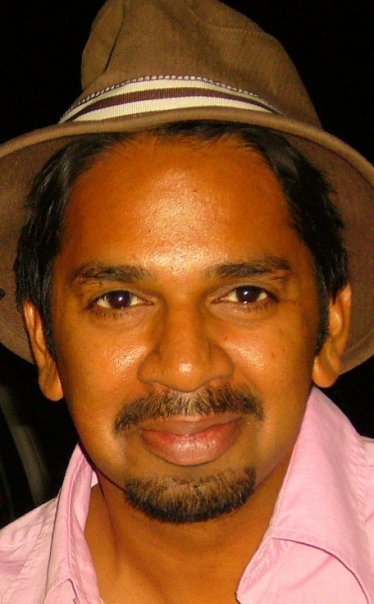Riason Naidoo

CIMAM in Singapore lived up to all expectations I had coming into it, and more. Being my first time in the Southeast Asia
region the 2017 convention with its curated days encompassing a diversity of speakers - from museum directors to curators and artists - opened my eyes to the region’s art scene: its art museums, independent institutes, artist led initiatives, and topical or controversial exhibitions. It was also fascinating to compare how art in each of the countries had developed differently from colonial times to independence through to the contemporary.
The central themes were relevant to everyone working in museums, particularly in this internationally politically unstable moment. It was Southeast Asia’s time to shine and for the most part the conference was successful in this regard. Somehow though it may have been more appropriate to hear more about the National Gallery Singapore and perhaps the Ho Chi Min City Fine Arts Museum than the Whitney Museum of American Art and the Sao Paulo Museum of Art, which seemed a little out of context here.
Perspective 8 on Day 3 featuring artist Tiffany Chung was particularly contentious. We all agree that freedom of expression is a crucial aspect of self-expression in the arts but is the artist, always right? Are artists also not susceptible to manipulating political situations to advance their careers?
Having spent much of my free time in the days after the conference closely viewing all the exhibitions at the National Gallery Singapore, I was most impressed by the programming at the host institution. While highlighting the 19th century Impressionists from France in the ‘Century of Light’ exhibition as the major draw card the museum also featured two important 19th century indigenous Southeast Asia artists viz. Raden Saleh (Indonesia) and Juan Luna (Philippines) who were contemporaries of the Dutch and French master painters. This recovery of local indigenous masters during the colonial era, with loans brought in from the major museums in Europe, is an important example in revisioning art histories from former colonial viewpoints.